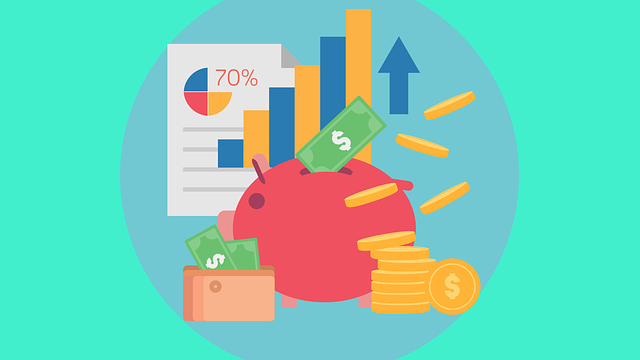Tracking cash flow is important to businesses, although it’s not the only financial metric used to measure profitability. Another metric is (EBITDA) or Earnings Before Interest, Tax, Depreciation and Amortization. While not classified as part of the Generally Accepted Accounting Principles (GAAP) by the Securities and Exchange Commission (SEC), EBITDA can provide insight into a business’s financial health, revealing how much revenue a business generates before satisfying its tax obligations and other liabilities.
What is EBITDA and How is it Used?
EBITDA: What You Should Know
 EBITDA is a measurement of a business’s profits. It’s typically found on a business’s income statement, revealing the business’s profitability. Specifically, it reveals a business’s total earnings before interest, taxes, depreciation and amortization are taken into account.
EBITDA is a measurement of a business’s profits. It’s typically found on a business’s income statement, revealing the business’s profitability. Specifically, it reveals a business’s total earnings before interest, taxes, depreciation and amortization are taken into account.
How to Calculate EBITDA
As a business owner, you might be wondering how to calculate EBITDA. It’s actually a relatively simple formula that involves subtracting your business’s expenses — with the exception of interest, taxes, depreciation and amortization — from your business’s net income.
To calculate your business’s EBITDA, first locate your net earnings, which can typically be found on the bottom of your income statement. Now subtract all expenses except interest, taxes, depreciation and amortization from this number. Congratulations, you’ve just calculated your business’s EBITDA.
Breaking Down the Financial Factors
- Net Earnings: As you may know, net earnings reflect the amount of income generated by your business after accounting for cost of goods sold and other related expenses.
- Taxes: Also used in the EBITDA formula, taxes reflect the tax liability to which your business is assessed.
- Depreciation: Certain types of machines, equipment and other assets have a tendency to lose value or “depreciate” over time.
- Amortization: Finally, amortization involves paying debt in small increments over a period of time.
EBITDA vs OIBDA: What’s the Difference?
 Some business owners assume that EBITDA is the same as OIBDA. While similar, though, they are two unique financial metrics with their specific purpose. OIBDA refers to operating income before depreciation and amortization. Therefore, it’s similar, with the only exception being that it includes depreciation and amortization with operating income.
Some business owners assume that EBITDA is the same as OIBDA. While similar, though, they are two unique financial metrics with their specific purpose. OIBDA refers to operating income before depreciation and amortization. Therefore, it’s similar, with the only exception being that it includes depreciation and amortization with operating income.
There are several other important financial metrics as well. Others include earnings before interest, taxes and depreciation (EBID), earnings before interest, taxes, depreciation, amortization and restructuring (EBITDAR) and earnings before interest, depreciation, amortization and exploration (EBIDAX).
This article was brought to you by�Intrepid Private Capital�Group�� A Global Financial Services Company. For more information on startup and business funding, or to complete a funding application, please visit our�website.









+ There are no comments
Add yours